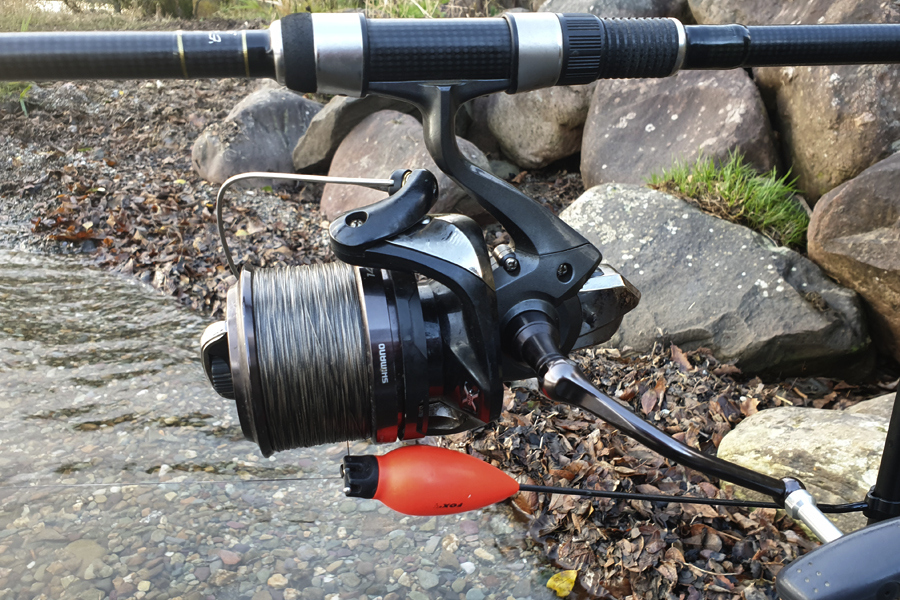When asked to think of fishing in Scotland, one would be forgiven for automatically picturing scenes of tree-lined rivers with figures dressed in Tweed, beautifully and artistically casting a fly line across a Salmon filled pool. Perhaps a drifting boat occupied by a Ghillie and their client, casting to a rising trout on an isolated hill loch. Another may imagine a charter boat on the North sea filled with optimistic anglers in search of an illusive cod. Or even a bivvy set behind a trio of rods, on a cold crisp winters morning, specifically placed to maximise the chances of capturing that ever sought after monster pike. However, as well as the ever-popular Game, Sea and Predator fishing, there is another angling scene growing in popularity north of the border.
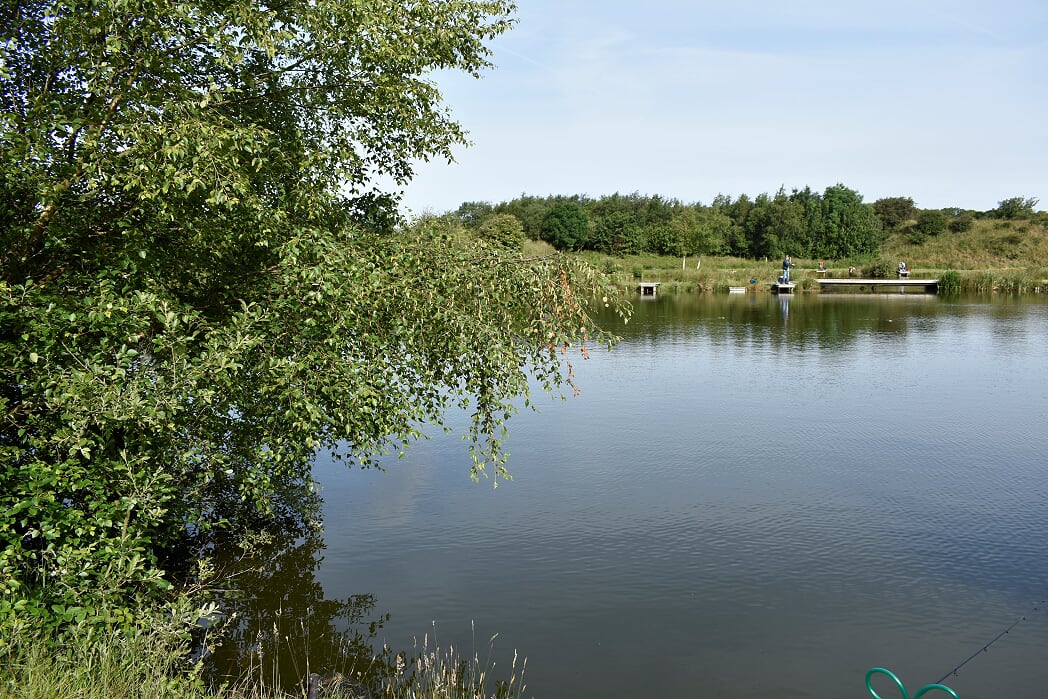
The art of coarse fishing, with numerous methods, techniques, tricks and tackle is making a mark in Scotland. However, those new to the many disciplines of this angling aspect can often feel daunted and occasionally deterred by the seemingly endless amount of tackle and hardware that is apparently necessary to be successful in this field. Indeed, It can often feel like a minefield of overwhelming information and beguiling marketing.
A few years ago now I made the decision to step out of my comfort zone and broaden my angling experiences in a bid to learn new skills and methods and ultimately catch more fish. I had previously dabbled in coarse fishing with limited success but the bulk of my angling history had been very much centred around game and predator fishing. Since taking this step I have uncovered a wealth of opportunities, succeeded in what I set out to do and yes, caught more fish.
Although the market is saturated with newfangled tackle, novelties and toys, which can be great fun to explore once you gain some confidence and get a feel for what these styles are all about, getting started and doing well couldn’t be easier.
One of the many joys of coarse fishing is the variety of opportunities that are on offer. Not only the variety of fish species that can be targeted but the variety of venues that hold the possibility of great sport, from huge lochs to the tiniest of ponds and everything in-between. With such a vast array of venues and species available to the coarse angler, one may believe that a vast array of gear is essential. Fear not, it doesn’t have to be that way as there is one method that, with slight adjustments, can tackle almost any venue, is fantastic in targeting most species and has rapidly become a firm favourite of mine.

Feeder fishing. It’s the ultimate all-round coarse fishing method that can be deployed on big lochs, reservoirs, slow-moving rivers, canals, ponds and commercial fisheries to great success and is incredibly easy to get to grips with. It is an ideal method to target Roach, Bream, Tench, Carp, Perch, Chub, Dace and many others.

This method gets its name from the piece of terminal tackle which effectively replaces a ledger and is designed to hold ground bait, pellets, maggots and other free offerings throughout each cast, depositing it in the immediate vicinity of your hook bait. These feeders come in many forms and sizes, each of which are better suited to specific venues or species. Cage feeders, Maggot feeders and Method feeders are some of the most popular and these three will easily cover most venues and species.
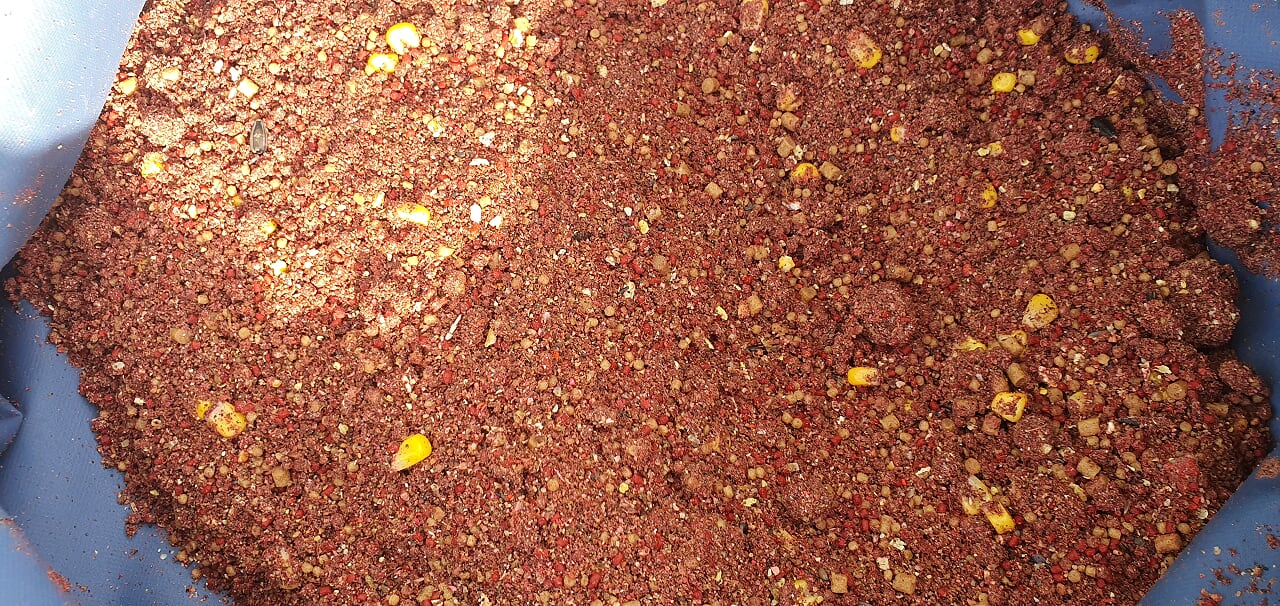
A cage feeder is designed to hold a ground bait mix, perhaps infused with other bits and pieces such as Hemp, Corn and maggots and is perfect for fishing larger venues as the cage structure holds the bait well when casting longer distances. Ground bait mixes are best used when targeting shoaling species such as Roach and Bream as regular casts will keep your swim topped up with a large amount of tasty particles, which will help hold a large number of fish exactly where you want them. Accuracy is key here, as you want to hit the same mark cast after cast.
Maggot feeders are similar and will cast like a bullet, delivering a feeder full of maggots directly to where you want them. These are ideal for targeting species that don’t form huge shoals but still have a fair appetite such as Perch, although they can also be used to target bigger shoals assuming casts are made regularly. Both Cage and Maggot feeders are also perfect for fishing slow moving rivers for species such as Dace and Chub and maggot feeders in particular, although not exactly traditional, are frequently used in Scotland’s deep glacial lochs for Brown Trout and Arctic Char.
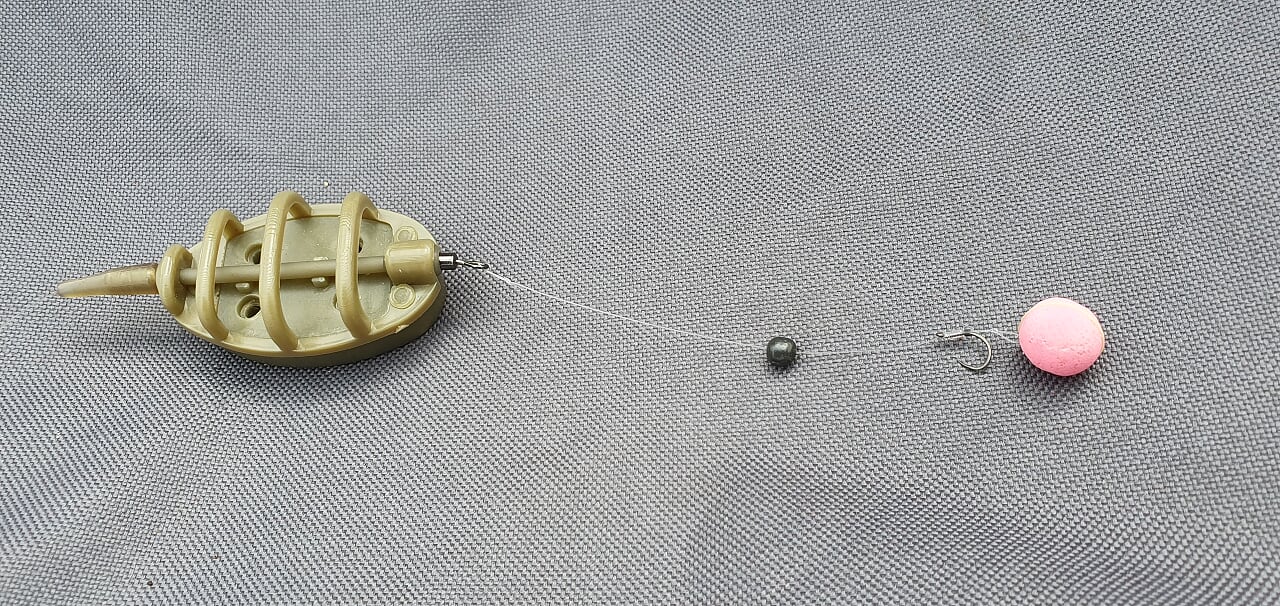
This leaves us with the Method feeder and earlier this week we headed out to put this ‘method’ to the test in search of some Carp. Method feeders themselves come in a variety of forms and I would recommend trying a few and finding your favourite. My ‘go to’ is usually a Flat Bed Method, which in my opinion gives the best presentation. There are also numerous ways to rig these feeders but the simplest and most efficient way is to use a ‘Line Through’ Method where the main line runs through the stem of the feeder and is connected to a swivel. This swivel then clicks into the bottom of the stem creating a ‘semi-fixed bolt rig’. A short hook length, in this case, finished with a hair rig, is then attached to the swivel.
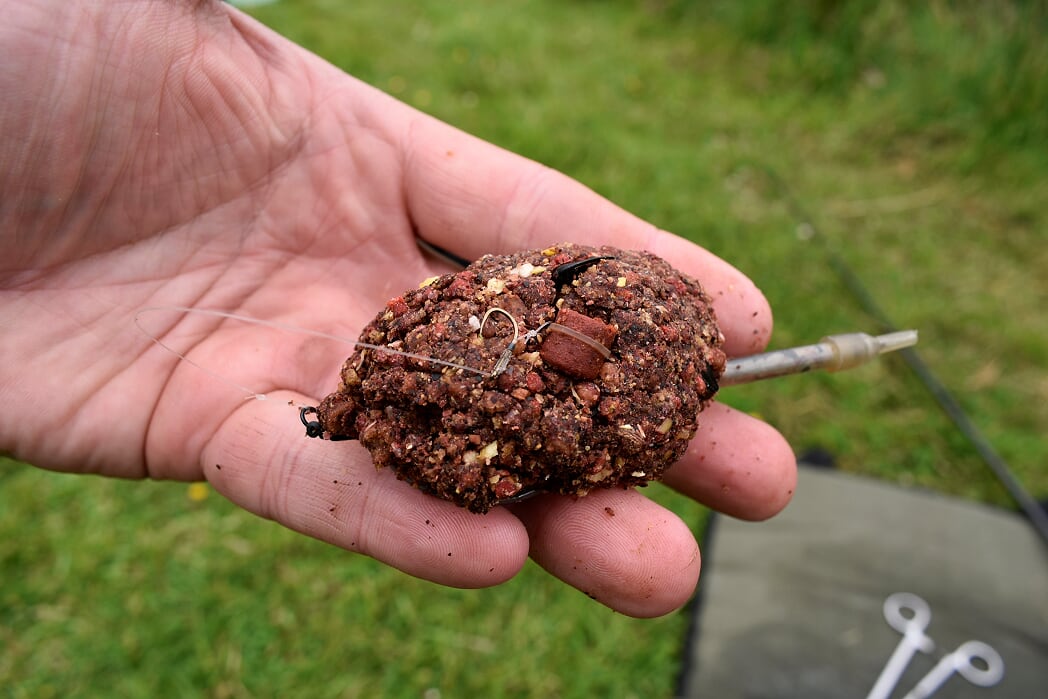
The most popular way to load the feeder is with either micro pellets or a ‘method mix’, which is similar to a ground bait mix but with larger particles to enable it to bind without the aid of being encased in a cage. Although these are the most popular loading methods, I feel it’s important to find a mix that gives you maximum confidence. On this occasion, we opted for a 50/50 combination of micro pellets and a Carp method mix with the additions of some corn and larger pellets. There are a huge amount of bait mixes and pellets on the market but don’t let this put you off, they will all do the job and attract fish. Experiment and find your favourite.
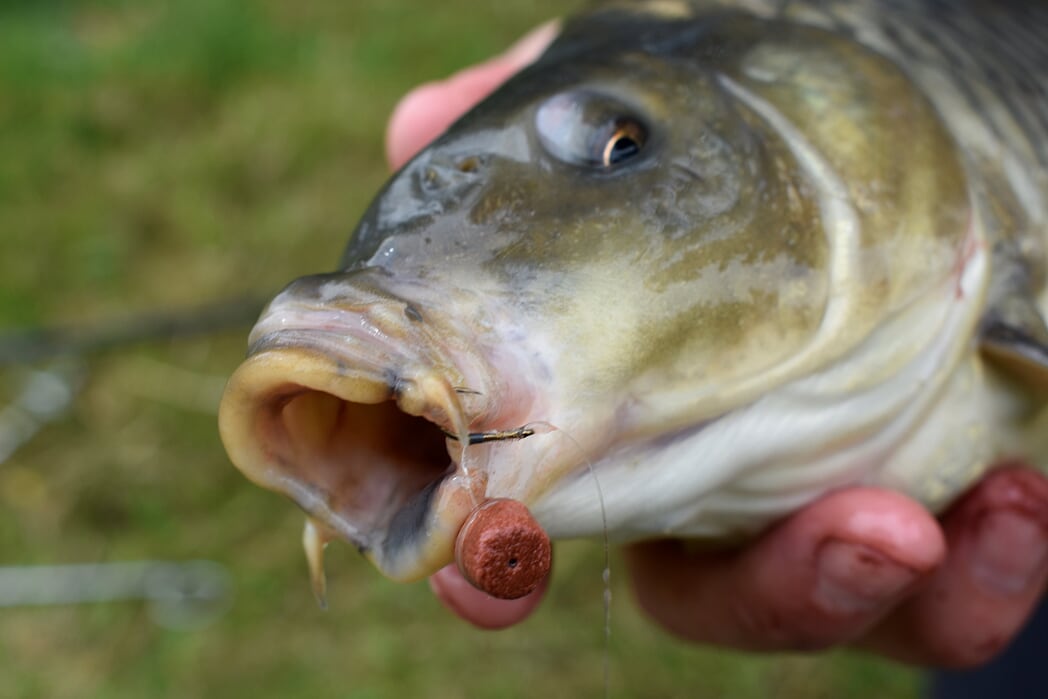
A pellet band holds your bait securely and provides a well balanced bait presentation.
The same rule applies for hook baits. The possibilities are endless. However, on this session, we kept it simple with corn and 8mm Krill based pellets. How the hook bait is attached to the hair depends on the bait itself and on the preferences of the angler. I prefer to use a hair rig with a rubber band attached for hard baits such as pellets and to thread soft baits like corn onto the hair with the aid of a baiting needle. It is then simply a case of pushing the hookbait into the loaded feeder, placing it in a fishy looking area, setting the rod on a couple of bank sticks and await the results.
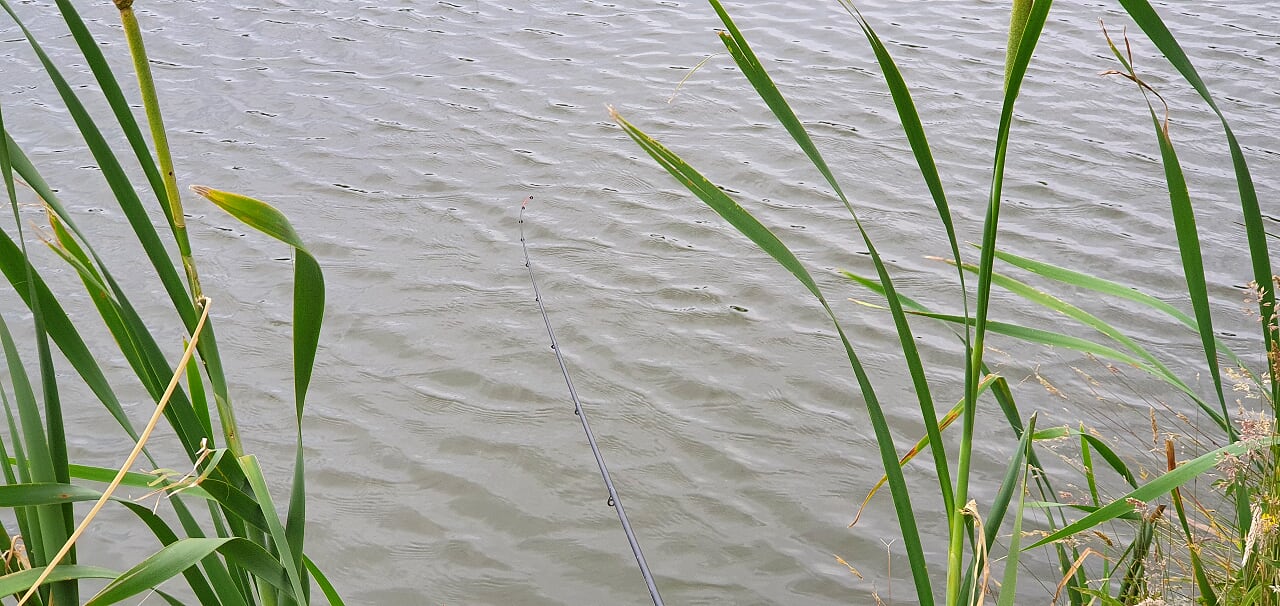
Although this method can be used with rods placed on alarms and the baitrunner engaged, it is simpler and far more fun to use a specialist Feeder rod with a Quivertip, which will also allow lighter lines to be used. 6-8lb breaking strain would be ideal as the soft, progressive curve of a Quivertip rod will easily absorb the lunges of even a large fish. The Method, as mentioned previously is semi-fixed therefore is a self hooking rig. When a fish takes, it’s not so much as a ‘bite’ that’s indicated on the rod tip, it’s more a case of the rod buckling over as the fish bolts and if left unattended it may very well be ripped off the bank sticks. The rod should be placed on bank sticks at a right angle to the direction of your line. It is advised to stay within reach of the rod and ideally have it resting on your knee as you sit and wait for the inevitable.
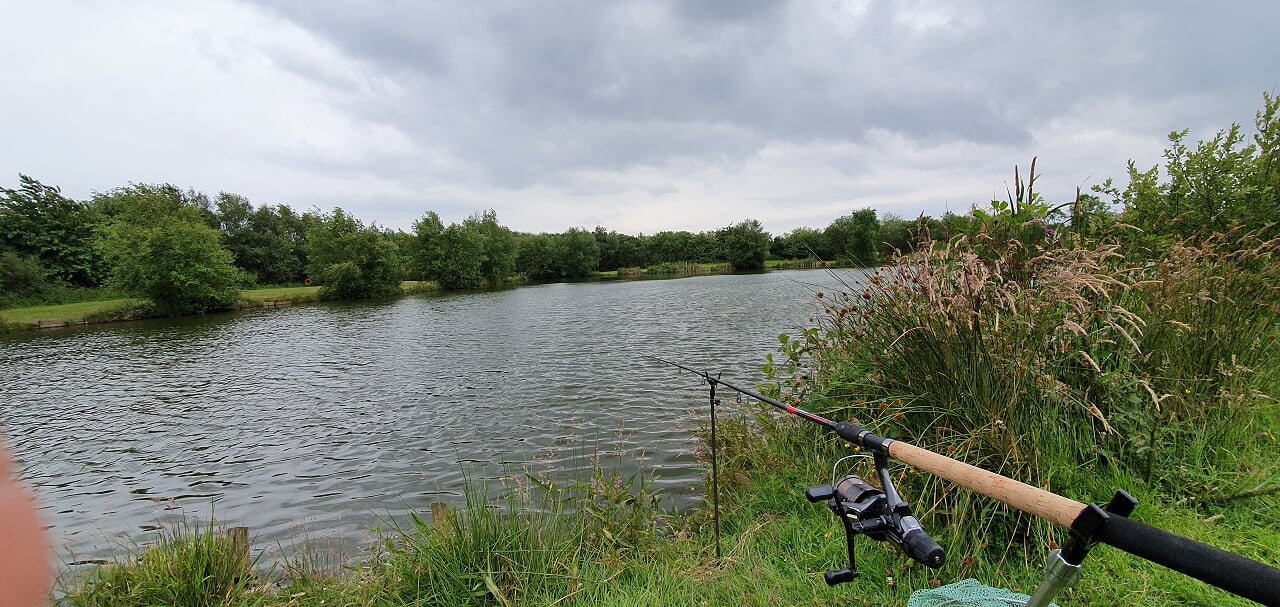
Our chosen venue for this session was one of the growing number of commercial coarse fisheries that are now commonplace throughout Scotland. These venues are great for those new to this style of fishing as they are easy to access, hold a large number of fish and generally install an air of confidence. However, fish are fickle creatures and even here one may have to work for their fish. Our session started slow with only a few Bream, Ide and Roach showing interest in our offerings and it wasn’t until several hours in when continuous feeding prompted the first Carp of the day. Sport picked up as the hours ticked by and more fish came to the net from baits placed in the margins, literally inches from the bank.
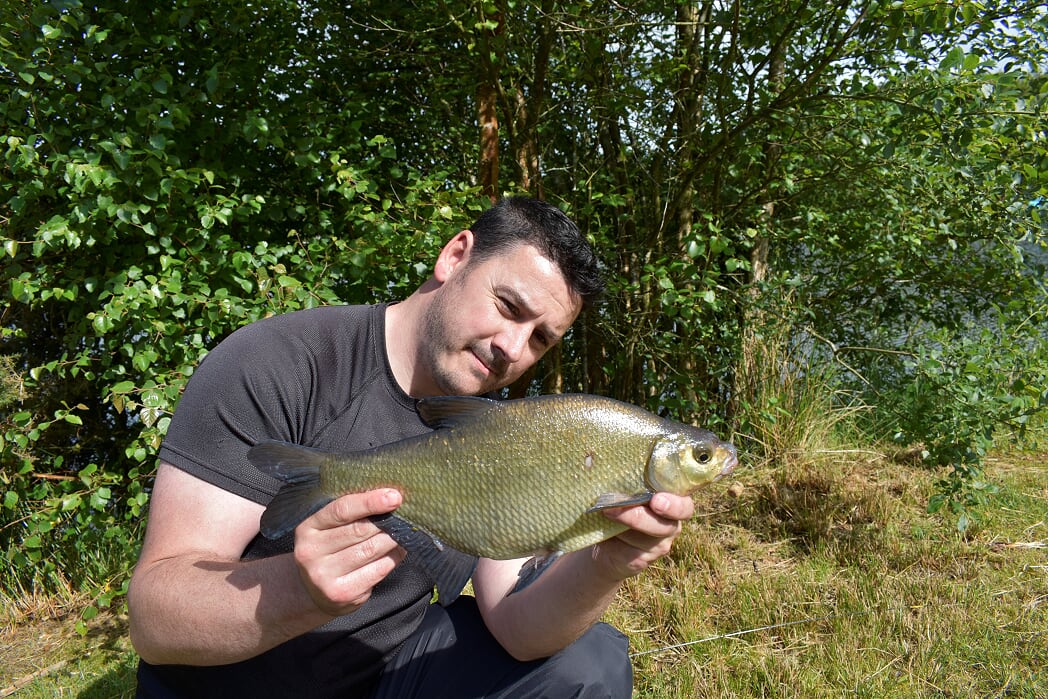
There is little, more exciting in fishing than watching a Quivertip bounce around as fish attack your feeder and nudge your line, a true indication that fish are on your bait. At this point, you must sit on your hands. Don’t be tempted to strike at these line bites, instead wait for the unmistakable, rod wrenching, adrenaline-inducing take and the fish is on. Commercial Carp average around 5lbs and we had fish to 8lbs, not huge by Carp standards but even these modest fish can fairly put a bend in a feeder rod.
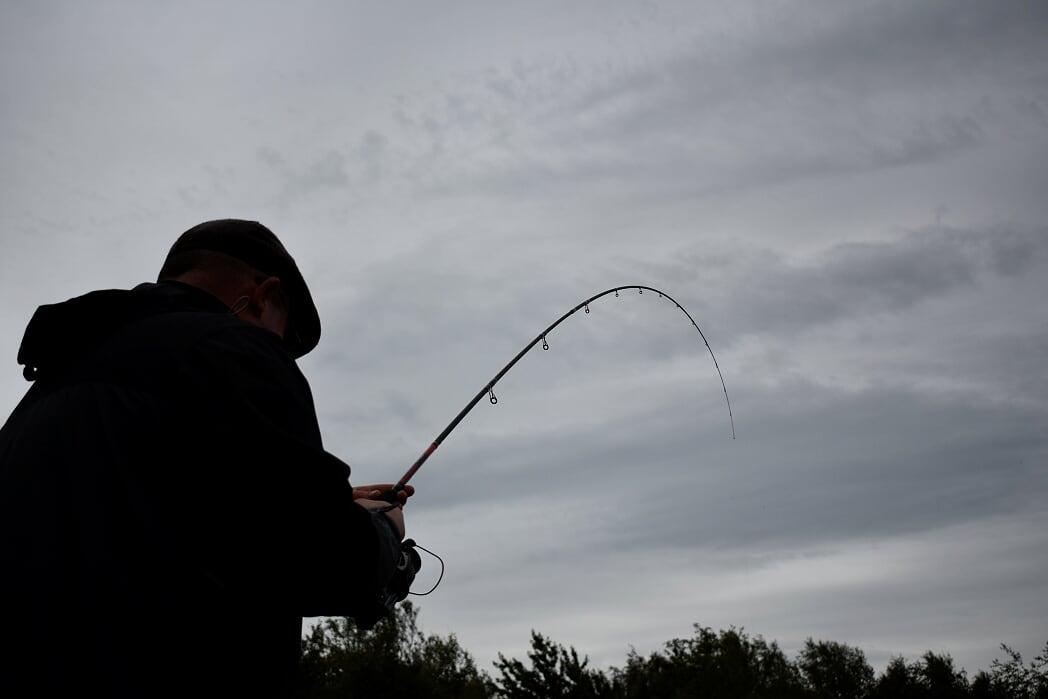
Feeder fishing, in general, is superb fun and if applied well can result in big numbers of fish on the bank. It isn’t the most chilled out method and the harder one works, the better their results are more likely to be. Some specialist equipment is needed however when consideration is given to the huge variety of venues and species that can be targeted, it is, without doubt, an investment very worthwhile. If you do choose to explore this addictive style of fishing, bear in mind the options available and have a go at them all.
Alex Allan, Angling Active Ambassador




